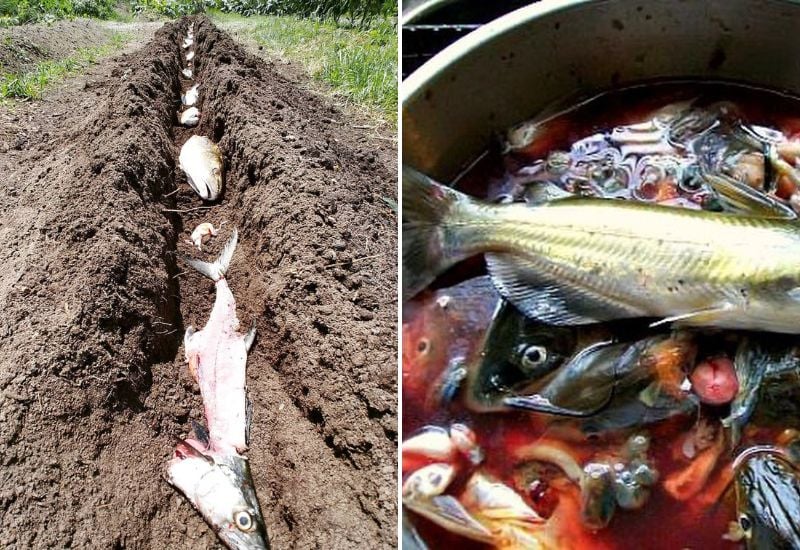Introduction
Using fish guts in your garden is an age-old, natural gardening practice that provides rich nutrients to plants. Fish guts, often discarded as waste, are packed with essential minerals like nitrogen, phosphorus, and potassium—key ingredients for healthy plant growth. This article explores how to safely and effectively use fish guts in your garden, boosting soil fertility and promoting vibrant plant life.
Why Use Fish Guts in the Garden?
Fish guts are a powerhouse of organic nutrients that improve soil quality and plant health. Here’s why they matter:
- Rich Nutrient Source: Fish guts contain nitrogen for leaf growth, phosphorus for roots and flowers, and potassium for overall plant vitality.
- Natural Fertilizer: Unlike chemical fertilizers, fish guts release nutrients slowly, supporting long-term soil fertility.
- Soil Microbial Boost: Decomposing fish parts encourage beneficial soil microbes, enhancing nutrient cycling and soil structure.
Using fish guts recycles organic waste and reduces reliance on synthetic products, making your gardening eco-friendly and sustainable.
How to Use Fish Guts Safely in Your Garden
1. Direct Burial Method
- Dig a hole 8-12 inches deep away from plant stems.
- Place the fish guts inside and cover with soil.
- This method prevents odors and deters pests.
2. Making Fish Emulsion Fertilizer
- Chop fish guts and place them in a bucket.
- Add water and a tablespoon of molasses or sugar to speed fermentation.
- Cover loosely and stir daily for 1-2 weeks.
- Strain the liquid and dilute it (1 part emulsion to 10 parts water) before applying to plants as a foliar spray or soil drench.
3. Composting Fish Guts
- Add fish guts to a balanced compost pile with brown materials like leaves or straw.
- Maintain proper aeration and moisture.
- Composting fish guts reduces smell and produces nutrient-rich humus.
Benefits of Using Fish Guts in Gardening
- Enhanced Plant Growth: The natural fertilizer boosts growth rates and improves yields.
- Improved Soil Health: Fish guts enrich microbial populations, improving soil aeration and nutrient availability.
- Cost-Effective: Utilizing fish waste reduces the need for commercial fertilizers.
- Sustainable Practice: Recycling fish guts helps minimize organic waste and promotes eco-friendly gardening.
Experts like Dr. Elaine Ingham, a soil microbiologist, emphasize that organic inputs like fish waste foster a vibrant soil ecosystem crucial for plant health.
Potential Challenges and How to Overcome Them
- Odor Issues: Bury fish guts deeply and mix with carbon-rich materials to minimize smells.
- Pest Attraction: Use secure burial or composting methods to deter animals like raccoons or rodents.
- Over-fertilization Risks: Apply fish emulsion in diluted form and monitor plant response to avoid nutrient burn.
Tips for Integrating Fish Guts into Your Gardening Routine
- Collect fresh fish guts promptly and store them in a cool place to prevent spoilage.
- Use gloves when handling to maintain hygiene.
- Combine fish gut fertilizer with other organic amendments for balanced nutrition.
- Apply fish emulsion during early morning or late afternoon to maximize nutrient uptake.
Conclusion
Incorporating fish guts into your garden is a natural and effective way to enrich soil and promote robust plant growth. Whether you choose to bury them directly, create fish emulsion, or compost them, fish guts offer a sustainable nutrient boost that benefits both your garden and the environment. Start experimenting with this traditional gardening practice today and watch your plants thrive with the power of fish-based nutrition.
